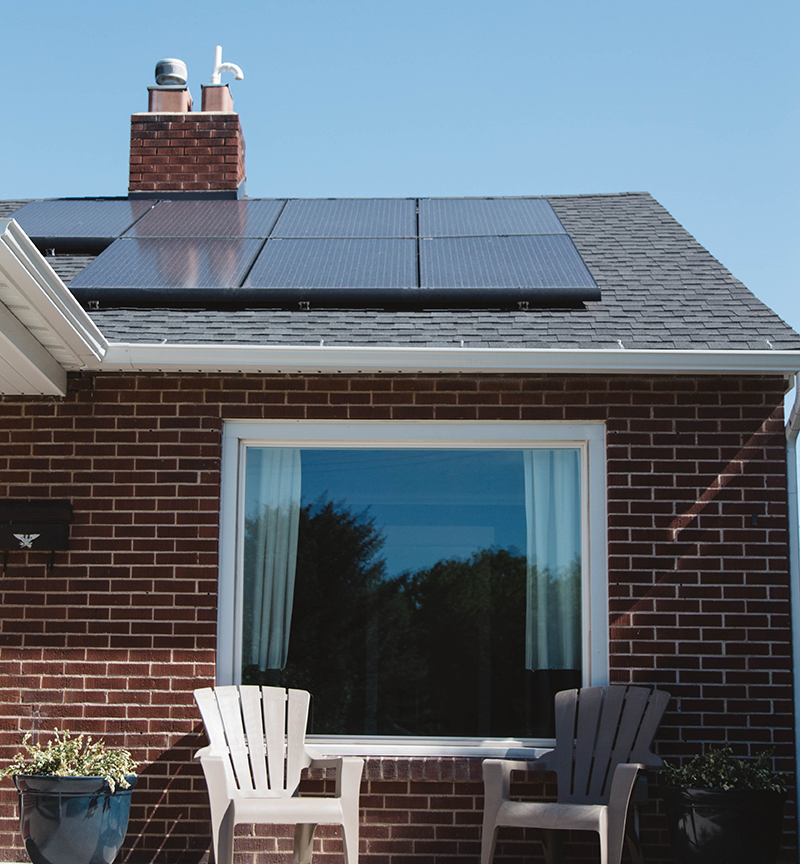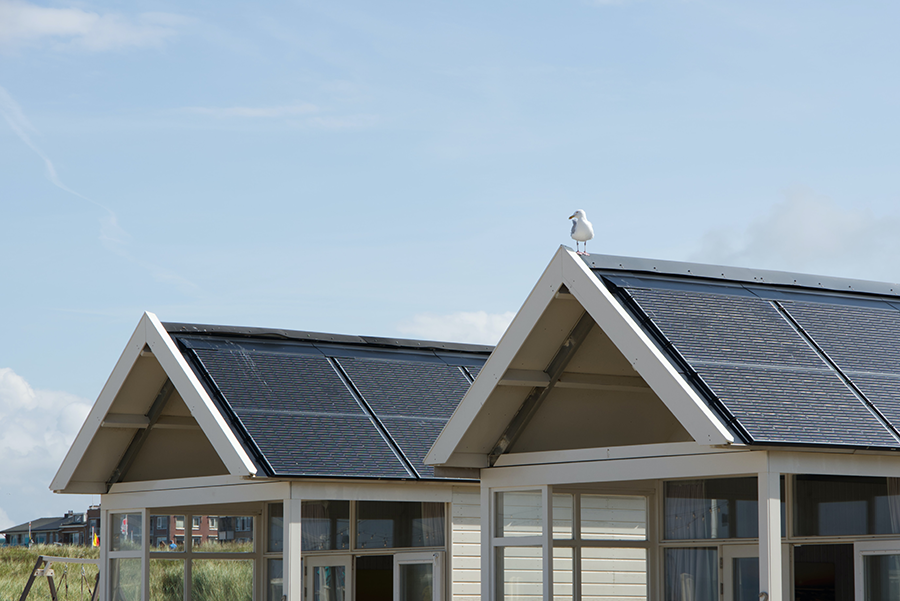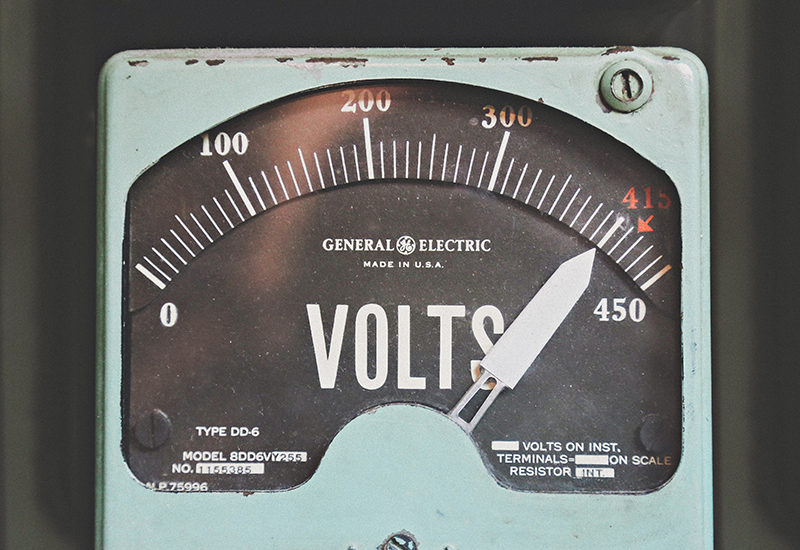Does Investing in Solar PV Increase the Value of Your Home?
In recent years, the adoption of solar photovoltaic (PV) systems has been on the rise, driven by the desire for cleaner energy sources, reduced energy bills, and environmental consciousness. However, a lesser-known benefit of installing solar panels on your property is the potential increase in the value of your home. In this blog post, we’ll explore whether investing in solar PV can indeed boost your home’s value and why it might be a wise financial decision.
The Solar Revolution
Solar PV systems have become increasingly affordable and accessible, making them an attractive option for homeowners looking to reduce their energy costs while making a positive impact on the environment. These systems convert sunlight into electricity, allowing homeowners to generate their own power and potentially even sell excess energy back to the grid, further offsetting their energy bills.

But aside from the immediate financial benefits, what impact does this investment have on the long-term value of your property?
The Connection Between Solar PV and Home Value
Numerous studies and real-world examples suggest a positive correlation between solar PV installations and increased home values. Here are some key reasons why this relationship exists:
- Energy Savings: Solar panels help homeowners reduce their electricity bills significantly. Potential buyers are likely to see the value in lower energy costs, making your property more attractive.
- Increased Energy Efficiency: Solar PV systems can make a home more energy-efficient, which is an appealing feature for environmentally conscious buyers and those looking to reduce their carbon footprint.
- Appraisal Value: Many appraisers consider solar installations when determining a home’s value. A study by the U.S. Department of Energy found that homes with solar panels are often appraised at a higher value than those without.
- Renewable Energy Credits: Depending on your location, you may be eligible for renewable energy credits or incentives, which can add to the overall financial value of your solar installation.
- Resale Value: Homes with solar panels tend to spend less time on the market and often sell for higher prices. Buyers appreciate the financial benefits that come with a solar-powered home.
- Competitive Advantage: As more homeowners embrace solar technology, having a solar PV system could give your property a competitive edge in the real estate market.
Real-Life Examples
Several real-life examples illustrate the impact of solar PV on home values. In California, where solar power is particularly popular, homes with solar panels have been shown to sell for an average of 3-4% more than comparable homes without solar installations. Additionally, a study by the Lawrence Berkeley National Laboratory found that buyers were willing to pay a premium for homes with solar panels.

Investing in solar PV can not only lower your energy bills and reduce your environmental footprint but also increase the value of your home. The combination of energy savings, enhanced energy efficiency, and the growing appeal of renewable energy sources makes solar PV systems an attractive addition to any property.
Before investing in solar panels, it’s crucial to research local incentives, tax credits, and financing options to maximize the financial benefits. Consulting with a solar installer and real estate professional can also help you make an informed decision based on your specific circumstances.
In the age of sustainability and increasing awareness of climate change, solar PV installations are not only a smart financial investment but also a step toward a greener, more energy-efficient future. So, if you’re considering upgrading your home, don’t overlook the potential value that solar panels can bring to your property.

